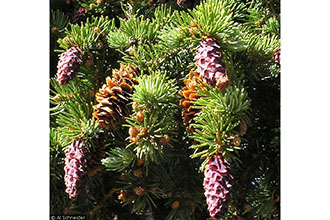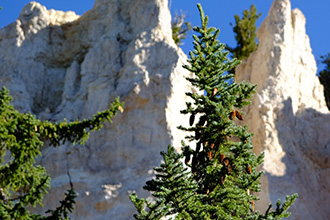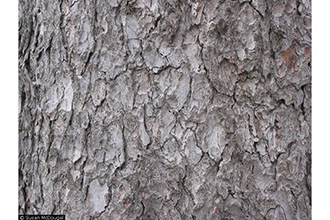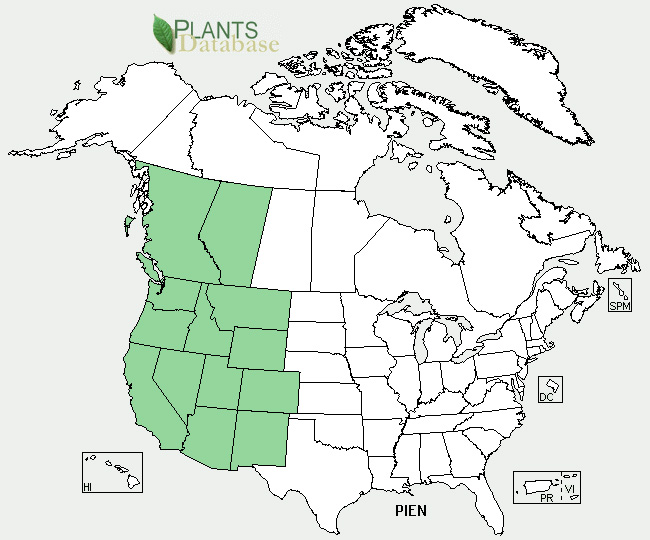Taxonomy: Kingdom - Plantae (plants). Subkingdom - Tracheobionta (vascular plants). Superdivision - Spermatophyta (seed plants). Division - Coniferophyta (conifers). Class - Pinopsida. Order - Pinales. Family - Pinaceae (pine). Genus - Picea L. Species - Picea engelmannii Parry ex Engelm.
Ecology: In the Rocky Mountains north and south of Montana and Idaho, Engelmann spruce and subalpine fir often codominate at climax to form extensive Engelmann spruce-subalpine fir forests. These spruce-fir forests are usually classified as subalpine fir climax series habitat types. In the understory of these stands, subalpine fir seedlings usually outnumber Engelmann spruce seedlings because they are more shade tolerant and readily establish on duff seedbeds. It may also occur in pure or nearly pure stands. Although spruce-fir forests form climax or near climax vegetation associations, they differ from most climax forests in that many stands are not truly all-aged. Some stands are clearly single-storied, indicating that desirable spruce forests can be grown under even-aged management. Other stands are two- or three-storied, and multi-storied stands are not uncommon. These may be the result of either past disturbances, such as fire, insect epidemics, or cutting, or the gradual deterioration of old-growth stands due to normal mortality from wind, insects, and disease.
In the Utah Forest Dynamics Plot (UFDP), Picea engelmannii is the third most abundant species with 86.8 live stems per ha.



